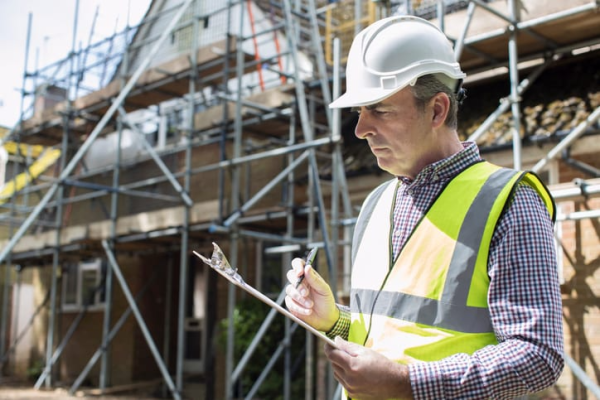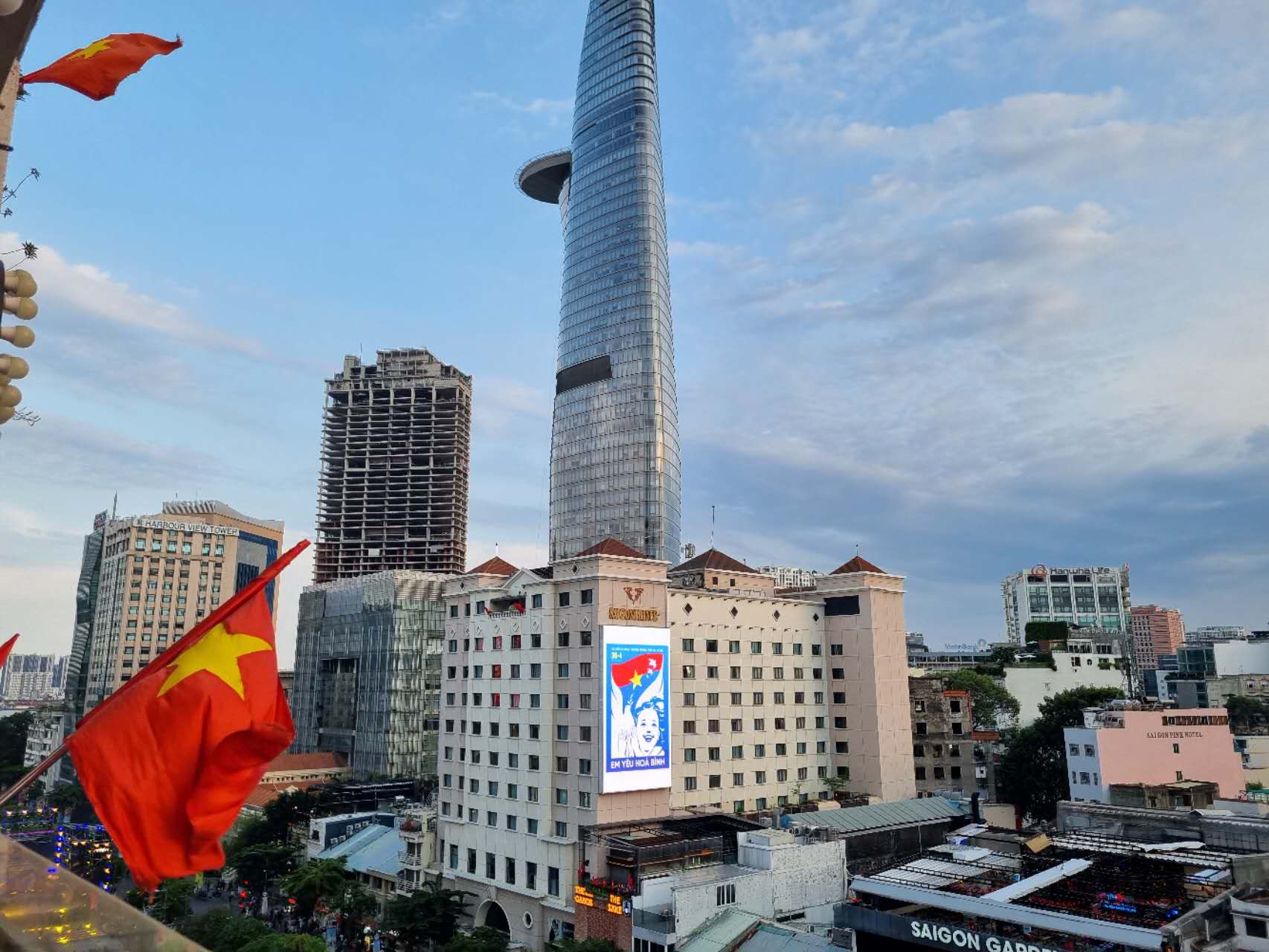Inspection News
Inspection in Infrastructure Management: The Importance of Ensuring Integrity and Safety of Bridges, Roads, and Other Critical Infrastructure Elements
Inspection in infrastructure management plays a vital role in ensuring the integrity and safety of critical infrastructure elements such as bridges, roads, and other significant structures. Maintaining quality standards and conducting regular inspections helps prevent potential hazards and ensures the safety of both the public and the environment.
1. The Importance of Inspection in Infrastructure Management
Infrastructure serves as the backbone of an economy and society. Bridges, roads, tunnels, and other structures play a crucial role in connecting people and goods, thereby supporting economic development. However, over time and due to environmental factors, these structures can deteriorate, leading to safety and efficiency concerns. Regular inspections help detect issues early and enable the necessary maintenance measures to maintain the integrity of the infrastructure.
2. Benefits of Regular Inspections
Regular inspections provide numerous benefits in managing infrastructure, including:
- Early Detection of Issues: Inspections help identify early signs of deterioration, damage, or any issues that could affect safety.
- Cost Savings: Early detection and repair of issues help avoid the high costs associated with emergency repairs or rebuilding severely damaged structures.
- Environmental Protection: Damaged infrastructure can lead to environmental problems, such as waste leaks, soil erosion, or impact on ecosystems. Inspections help minimize these risks.
- Ensuring Public Safety: Maintaining high safety standards through inspections ensures that infrastructure does not pose a danger to the public and transportation systems.
3. The Inspection Process in Infrastructure Management
The inspection process in infrastructure management typically involves the following steps:
- Initial Assessment: Evaluate the current condition of the infrastructure through observation, measurement, and technical inspection methods.
- Data Analysis: Collected data is analyzed to determine the level of deterioration and potential risks.
- Maintenance Planning: Based on the inspection results, maintenance and repair measures are planned and executed to ensure the integrity of the infrastructure.
- Monitoring and Re-Inspection: After maintenance is completed, ongoing monitoring and re-inspection are necessary to ensure that the measures taken are effective.

4. Challenges in Infrastructure Inspections
While infrastructure inspection is essential, there are challenges that managers must face, including:
- Limited Resources: Inspections require significant financial and human resources, which may be insufficient to conduct regular inspections.
- Inspection Technology: The rapid development of technology requires managers to continuously update and apply new, more effective inspection methods.
- Cross-Sector Coordination: Infrastructure management requires coordination across various sectors, including construction, transportation, environment, and government, to ensure inspections are carried out correctly.
Inspection in infrastructure management is an indispensable part of ensuring the integrity and safety of critical structures like bridges and roads. Regular inspections not only protect public assets but also ensure the safety of the public and the environment. Despite facing numerous challenges, investing in inspections is necessary and provides long-term value in protecting and developing national infrastructure.
If you need professional quality control inspection services, contact VIS today! We ensure your product quality every step of the way.











